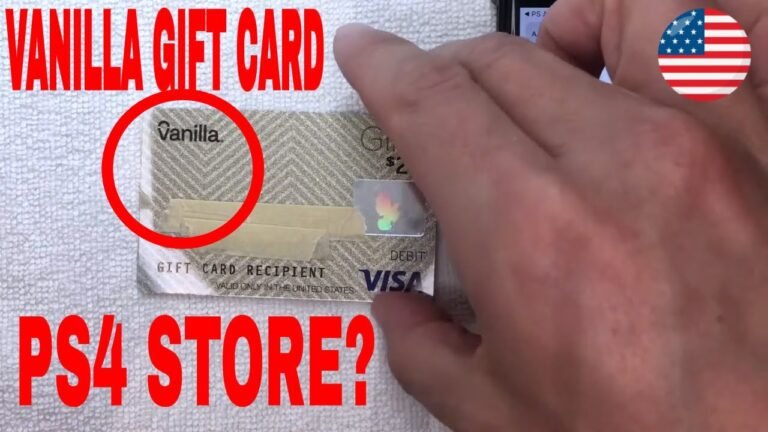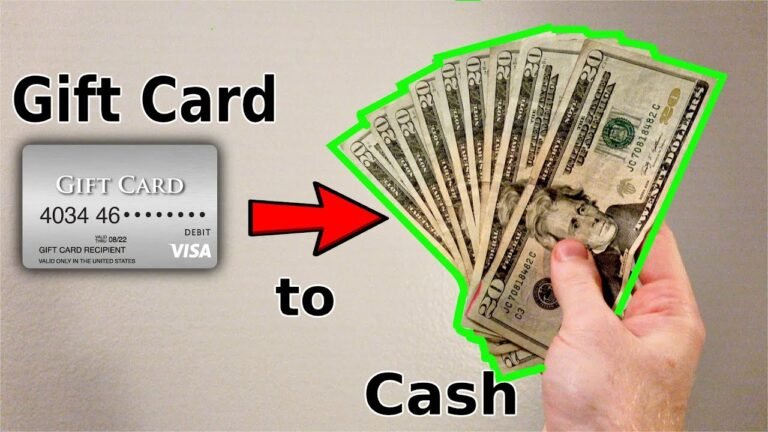Can Someone Steal Your Credit Card Information From a Receipt
You might not think twice about tossing your receipts in the trash, but could that seemingly harmless action put your financial security at risk? Many people underestimate the information contained in these slips of paper, which can include everything from your full credit card number to transaction details. Thieves are always on the lookout for easy targets, and a discarded receipt can provide them with just the opportunity they need. So, what steps can you take to safeguard your sensitive information and avoid becoming a victim?
Understanding Receipt Information
When you receive a receipt, it's crucial to understand the specific information it contains, as this data can reveal potential vulnerabilities in your financial security. Receipts typically include details like the merchant's name, transaction date, and the amount spent, but they may also display your credit card number, expiration date, or even your full name. This information, if not properly secured, can be exploited by malicious actors. Always check your receipts for any unnecessary information and consider whether you should keep or dispose of them. By being vigilant about what's on these documents, you can greatly reduce the risk of credit card information theft and protect your financial well-being. Remember, awareness is a key component of your security strategy.
Types of Receipts at Risk
Certain types of receipts, such as those from restaurants, gas stations, and online retailers, are particularly at risk for containing sensitive credit card information that can be exploited if not properly managed. Receipts from restaurants often include your full card number and expiration date, especially if they're printed in a way that doesn't obscure this information. Gas station receipts can also contain similar details, particularly if you pay at the pump. Online retailer receipts, while often sent via email, may also include sensitive information if printed out. It's essential to handle these receipts with care, shredding them instead of tossing them in the trash, to minimize the risk of theft and guarantee your financial information remains secure.
How Thieves Exploit Receipts
Thieves often take advantage of poorly discarded receipts to steal sensitive credit card information, using it to make unauthorized purchases or commit identity theft. Receipts can contain your card number, expiration date, and sometimes even your name. If you throw these away carelessly, you're putting yourself at risk. Sophisticated criminals may sift through trash or public areas, looking for these slips of paper. Additionally, receipts from card readers can sometimes display more information than you realize, especially if they malfunction. It's essential to shred or securely dispose of receipts that contain personal data. By being vigilant about how you handle these documents, you can greatly reduce the likelihood of falling victim to credit card fraud.
Common Scenarios of Theft
Credit card theft can occur in various everyday situations, often catching victims off guard. Here are some common scenarios where your information might be at risk:
| Scenario | Risk Factor |
|---|---|
| Restaurant receipts | Waitstaff mishandling |
| Gas station transactions | Pump skimming devices |
| Online shopping | Unsecure websites |
| Public Wi-Fi usage | Network eavesdropping |
| ATM withdrawals | Card reader tampering |
In each case, your credit card information can be compromised without your knowledge. Being aware of these situations allows you to take precautions and stay vigilant. Always monitor your transactions and consider the environment when sharing your card details.
Protecting Personal Information
Understanding the common scenarios of credit card theft highlights the importance of actively protecting your personal information in everyday situations. To safeguard your data, always monitor your bank statements for unauthorized transactions and report any suspicious activity immediately. Use secure websites when shopping online, ensuring they have HTTPS in the URL. Avoid sharing sensitive information over unsecured networks, and consider using a virtual private network (VPN) for added security. When making purchases, be discreet about your PIN and other details. Regularly update your passwords, and use unique ones for different accounts. Finally, enable alerts for transactions on your credit cards, so you're immediately notified of any unusual activity. Taking these steps can greatly reduce your risk of credit card theft.
Importance of Shredding Receipts
Shredding receipts is an essential step in protecting your financial information from potential identity theft. Many receipts contain sensitive data, like your credit card number, transaction details, and personal identification. If you simply throw these documents in the trash, you're leaving yourself vulnerable to thieves who might sift through your garbage for this information.
Digital Receipts and Security
With the rise of digital transactions, managing the security of electronic receipts has become just as important as shredding paper ones to safeguard your financial information. Digital receipts often contain sensitive details like your credit card number, transaction amounts, and personal data. To enhance your security, always store these receipts in a secure location, such as a password-protected folder or a reputable financial app. Be cautious when sharing your email or phone number with retailers, as this can expose you to phishing scams. Regularly updating your passwords and enabling two-factor authentication for accounts linked to your receipts can provide additional layers of protection. By staying vigilant, you can noticeably reduce the risk of your credit card information being compromised through digital receipts.
Monitoring Your Accounts
Regularly monitoring your accounts is essential for detecting unauthorized transactions and protecting your credit card information from theft. By checking your statements frequently, you can spot any suspicious activity before it escalates. Set a routine, whether it's weekly or monthly, to review your transactions and reconcile them with your receipts. Look for unfamiliar charges, double billing, or unexpected fees. If you notice anything unusual, don't hesitate to investigate further. Many banks offer alerts that notify you of transactions, which can enhance your oversight. Remember, staying vigilant about your spending habits not only safeguards your finances but also helps you maintain better control over your credit card usage. This proactive approach is key to preventing potential fraud.
Reporting Fraudulent Activity
Reporting fraudulent activity promptly is essential for minimizing potential losses and ensuring your credit card information remains secure. If you notice unauthorized transactions, contact your credit card issuer immediately. They'll typically freeze your account to prevent further charges and initiate an investigation. Document all relevant details, such as transaction dates and amounts, as this information can aid in resolving the issue.
Don't forget to monitor your account statements regularly for any additional suspicious activity. Depending on the severity of the fraud, you may also want to contemplate placing a fraud alert on your credit report. This step will make it harder for identity thieves to open new accounts in your name. Acting quickly can greatly mitigate the impact of credit card fraud.
Best Practices for Receipt Management
Maintaining organized receipt management practices is essential for tracking your spending and identifying any discrepancies that may indicate fraudulent activity. Implementing these best practices can help safeguard your financial information:
- Store Receipts Securely: Keep physical receipts in a locked drawer or use a secure digital storage app. This reduces the risk of unauthorized access.
- Regularly Review Statements: Frequently compare your receipts with bank statements to catch any unauthorized charges early.
- Shred or Delete: Once you no longer need a receipt, shred it if it's physical or permanently delete digital copies. This minimizes the chances of sensitive information falling into the wrong hands.






